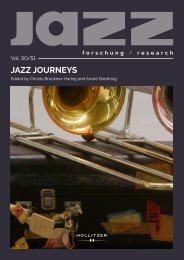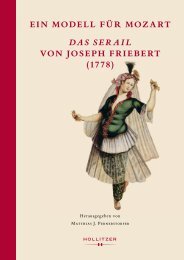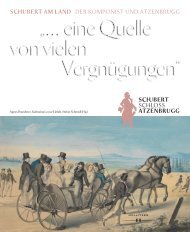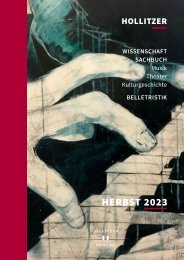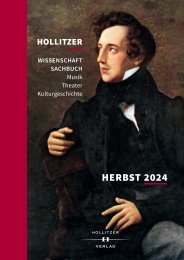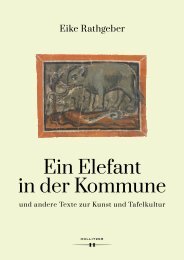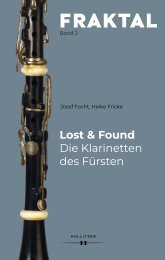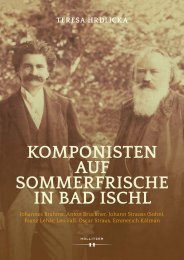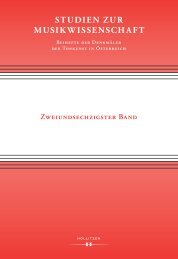Create successful ePaper yourself
Turn your PDF publications into a flip-book with our unique Google optimized e-Paper software.
Following graduation, I travelled to Vienna to continue studying and to develop<br />
my composition skills, but all the while with these questions burning in<br />
my mind. After preliminary research for a doctoral dissertation on the topic of<br />
women composers of polyphonic music of Turkey, I began to doubt whether a dissertation<br />
would be a feasible proposition, primarily given the uncertainty of accessing<br />
sufficient materials – there were problems of language, time, and space to<br />
consider; most of the materials were in Turkey, and the range of language of these<br />
materials was diverse (some were written in Ottoman Turkish, hence the time<br />
needed to transcribe the texts became problematic). These factors were not the<br />
only hinderances; my first impression was that there might not be sufficient content<br />
on women composers who composed polyphonic music in the Ottoman period<br />
and/or in the Turkish Republic to facilitate a comprehensive study. Further,<br />
there had been no scholarly research conducted on the subject at the time. Spurred<br />
by the desire to rectify this, and despite the foreseeable obstacles, I resolved to<br />
conduct an extensive multi-disciplinary study in this area, which resulted in the<br />
successful completion of a doctoral dissertation at the University for Music and<br />
Performing Arts, Vienna, as well as this book, which is an adaptation thereof.<br />
Following initial meetings with Univ.-Prof. Dr. Annegret Huber, who was to<br />
become my primary dissertation advisor, I set about contacting women composers<br />
of Turkey from various generations who lived in or outside Turkey. I reached<br />
Nazife Aral 1 - Güran’s son through the annual memorial concerts sponsored by the<br />
Ekinoks ® Company for Nazife Aral-Güran, and the Güran family kindly agreed<br />
to open their private archives to me. This particular development determined the<br />
destiny of the research. Another door opened when Yüksel Koptagel agreed to<br />
meet with me. Koptagel, who is ten years younger than Nazife Aral-Güran and<br />
studied with the same teacher, Cemal Reşid Rey, had relatively more visibility in<br />
music historiography. I was set on determining whether the music environment<br />
and the socio-political conditions these two composers experienced were similar<br />
or different, and if different, how? When compared with Aral-Güran’s invisibility<br />
in music historiography, what were the differences in Koptagel’s conditions<br />
that made her more visible? Were there technical or aesthetic similarities between<br />
their music? To which kinds of networks and circles did they belong? What were<br />
the difficulties they faced as composers in Turkey?<br />
1 Neither the composer nor her son used a hyphenated last name that included the composer’s<br />
father’s family name, Aral. However, her output commenced before her marriage, and this last<br />
name becomes a confusing issue in her oeuvre (writings, music scores, etc.) and is addressed in<br />
Chapter V.<br />
20



